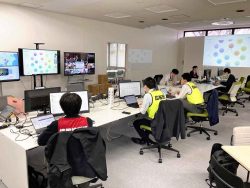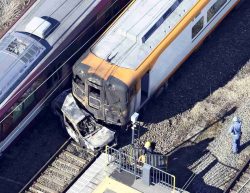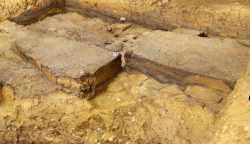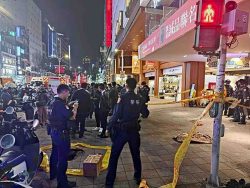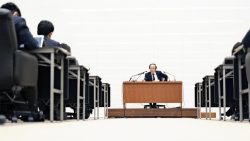Japan Group Advocated for Atomic Bomb Survivors Since Inception; Helped Shaped Worldwide Fight for Abolition of Nuclear Weapons
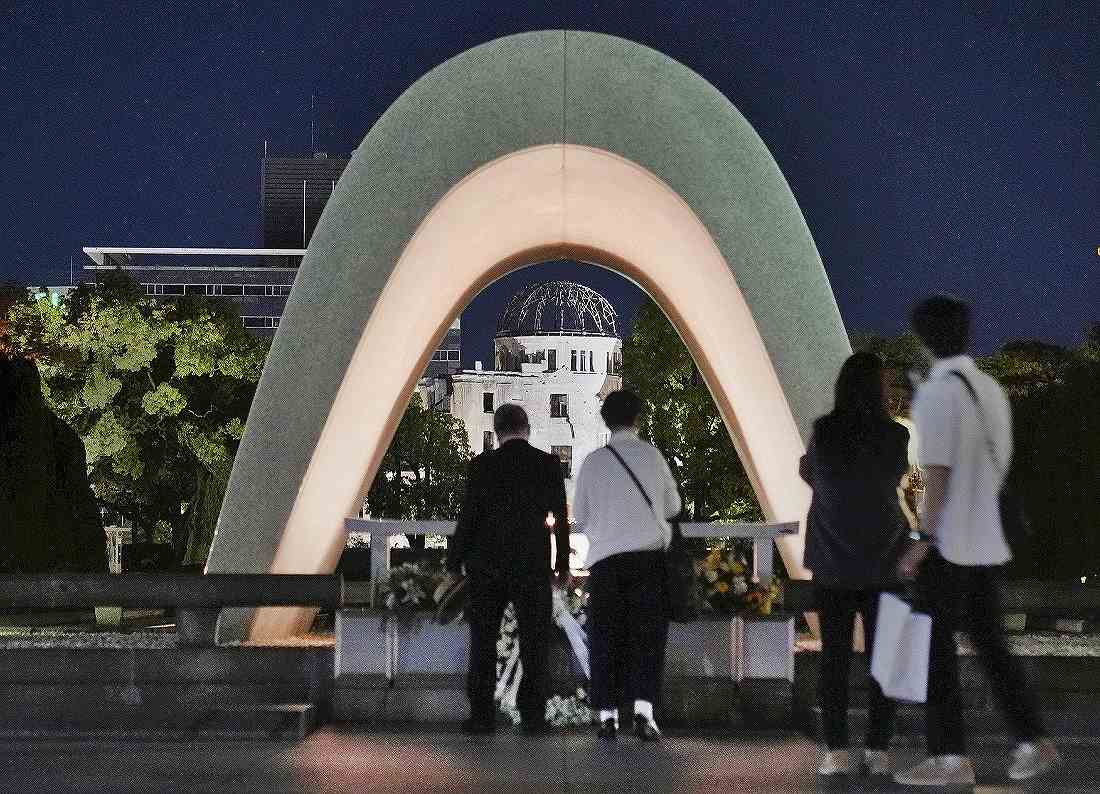
People visit the Cenotaph for the A-bomb Victims in Hiroshima on Friday.
15:15 JST, October 12, 2024
The birth of Nihon Hidankyo, or the Japan Confederation of A- and H-Bomb Sufferers Organizations, dates back to the hydrogen bomb test that was conducted by the U.S. in the Pacific’s Bikini Atoll in March 1954. A Japanese fishing vessel, Fukuryu Maru No. 5, was exposed to radiation and one crew member died six months later.
Amid a growing movement against nuclear weapons, the first World Conference against Atomic and Hydrogen Bombs was held in Hiroshima in August 1955. One year later, Hidankyo was established as a national organization for atomic bomb survivors.
Under the slogan “No more hibakusha,” Hidankyo tirelessly campaigned to seek relief for survivors suffering from the aftermath of the atomic bomb as well as discrimination. These efforts, which included petition drives and advocacy in the Diet, led to the enactment of the Atomic Bomb Survivors’ Assistance Law in 1995.
Hidankyo has called for the abolition of nuclear weapons on the international stage at various opportunities. The group often send representatives to the Nuclear Nonproliferation Treaty (NPT) Review Conference hosted by the United Nations and hold atomic bomb exhibitions at the U.N. headquarters in New York during the conference.
Regarding the Treaty on the Prohibition of Nuclear Weapons, adopted by the U.N. in 2017, Hidankyo worked with international organizations to urge Japan and nuclear-armed nations to ratify the treaty. Their efforts led to petitions that collected about 13.7 million signatures from over 30 countries and contributed to building a global anti-nuclear consensus. Hidankyo also sent representatives to the first meeting of the treaty’s state parties in June 2022, where they shared their hibakusha experiences through related events.
"Society" POPULAR ARTICLE
-

M4.9 Earthquake Hits Tokyo, Neighboring Prefectures
-

M7.5 Earthquake Hits Northern Japan; Tsunami Waves Observed in Hokkaido, Aomori and Iwate Prefectures
-

Tsukiji Market Urges Tourists to Avoid Visiting in Year-End
-

Israeli Tourists Refused Accommodation at Hotel in Japan’s Nagano Pref., Prompting Protest by Israeli Embassy and Probe by Prefecture
-
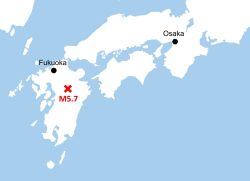
M5.7 Earthquake Hits Japan’s Kumamoto Pref., Measuring Upper 5 Intensity, No Tsunami Expected
JN ACCESS RANKING
-

Keidanren Chairman Yoshinobu Tsutsui Visits Kashiwazaki-Kariwa Nuclear Power Plant; Inspects New Emergency Safety System
-

Imports of Rare Earths from China Facing Delays, May Be Caused by Deterioration of Japan-China Relations
-

University of Tokyo Professor Discusses Japanese Economic Security in Interview Ahead of Forum
-

Japan Pulls out of Vietnam Nuclear Project, Complicating Hanoi’s Power Plans
-

Govt Aims to Expand NISA Program Lineup, Abolish Age Restriction




